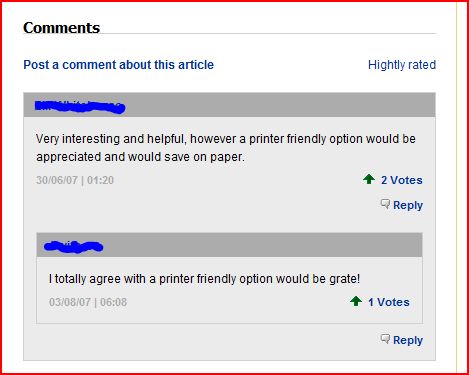Refering to the course as well as the topic. Yesterdays, final, presentation included Facebook and Twitter. While listening to the explanation of twitter I kept getting a cold chilly feeling. I was also reminded of a certain beer comercial from the 90’s.
Apparently thousands (or even hundreds of thousands) of people post 140 character, or shorter, excerpts from the parts of their lives that happens between e-mail, chat, instant messages, actual voice calls, blog posts, and Facebook. Sort of ‘insta-blogging’. Information overload can be prevented by limiting your Twitter network but it then becomes yet another information tool for one to manage, complete with a host of new social problems of it’s own. Who do you follow and why? What do you say to a friend or aquaintence that discovers you’re not following them? All these ‘Web 2.0’ tools or Social media overlap each other in function and abilities. Some people can multitask a few of them at once some cannot. Pick the tools that work for you.
Some businesses have successfully used Twitter to advertise to loyal clients or customers. Certainly it can be used this way but how is it different from a blog or e-mail subscription / RSS feed? One advantage is you can follow your followers and find out what they are doing and learn more about the audience your reaching. A good thing regardless of your product or service. However, especially if your twitter following is small, your probably not getting a good sample of your target demographic.
The lesson for organizations is the same as the lesson for individuals. As with any new tool set you have to learn about it, understand what it can do for your organization, and apply it appropriately.

